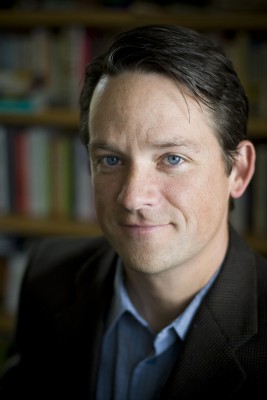One of our readers, Jim Dickinson of Stark Homes, Madison Wisconsin, recently sent us an article that got our attention. We'd like to pass it on to our readers.
But first a few words to set up the context... 
Attracting and hiring the right people (the best people) has never been more important, both for you and for the candidate. Nobody is in the mood, has the time, or is in the financial position to make the wrong decision when it comes to their future. We've improved the odds of making good hiring decisions with the Top Performer profile, but in the current environment, many of our clients are having to talk to as many candidates that come through the funnel as they possibly can in order to hire the numbers needed to expand market share. Under these conditions, all of us can benefit from improving our ability to spot what we are looking for in candidates, so that we can pursue them with a tenacity that leaves them believing that they can succeed. You can accomplish this by being dedicated to understanding people, keeping up with the latest research, and being purposely reflective about what you are seeing.
You might remember the name Daniel Coyle of The Talent Code, as we have written in WorkPuzzle (1, 2, 3, 4, 5) about his somewhat counterintuitive findings in the past. In a recent blog entry, he takes another shot at trying to decipher what might help differentiate those who will be successful, from those who won't be.
"A lot of smart people have been thinking about this, and what they’ve decided is this: the problem is not that the measures are wrong. The problem is --measuring performance the wrong way to approach the question.
According to much of this new work, what matters is not current performance, but rather growth potential – what you might call the G-Factor — the complex, multi-faceted qualities that help someone learn and keep on learning, to work past inevitable plateaus; to adapt and be resourceful and keep improving.
Thing is, G-Factor can’t be measured with a stopwatch or a tape measure. It’s more subtle and complex. Which means that instead of looking at performance, you look for signs, subtle indicators — what a poker player might call tells. In other words, to locate the G-Factor you have to close your eyes, ignore the dazzle of current performance and instead try to detect the presence of a few key characteristics... Sort of like Moneyball, with character traits."
Coyle describes two "tells" of the G-Factor: one is Grit, something I have written about before (WorkPuzzle 1, 2, 3, 4, 5...). The other is "early ownership:"
"Early Ownership: As Marjie Elferink-Gemser’s work shows, one pattern of successful athletes happens when they’re 13 or so, when they develop a sense of ownership of their training. For the ones who succeed, this age is when they decide that it’s not enough to simply be an obedient cog in the development machine — they begin to go farther, reaching beyond the program, deciding for themselves what their workouts will be, augmenting and customizing and addressing their weaknesses on their own."
How can you use this information in your interviews? Perhaps your interviews need to include questions to reveal past examples of early ownership. How can this knowledge help with training, observing, and mentoring agents in the first months of performance?
If you're going to hire better, it's imperative to take some time away from the busyness of executing tasks and dedicate ample time to reflect on this kind of innovative information that demands experimentation. Tailor your process to assimilate what science has discovered about people...
Editor's Note: This article was written by Dr. David Mashburn. Dave is a Clinical and Consulting Psychologist, a Partner at Tidemark, Inc. and a regular contributor to WorkPuzzle. Comments or questions are welcome. If you're an email subscriber, reply to this WorkPuzzle email. If you read the blog directly from the web, you can click the "comments" link below.




Comments